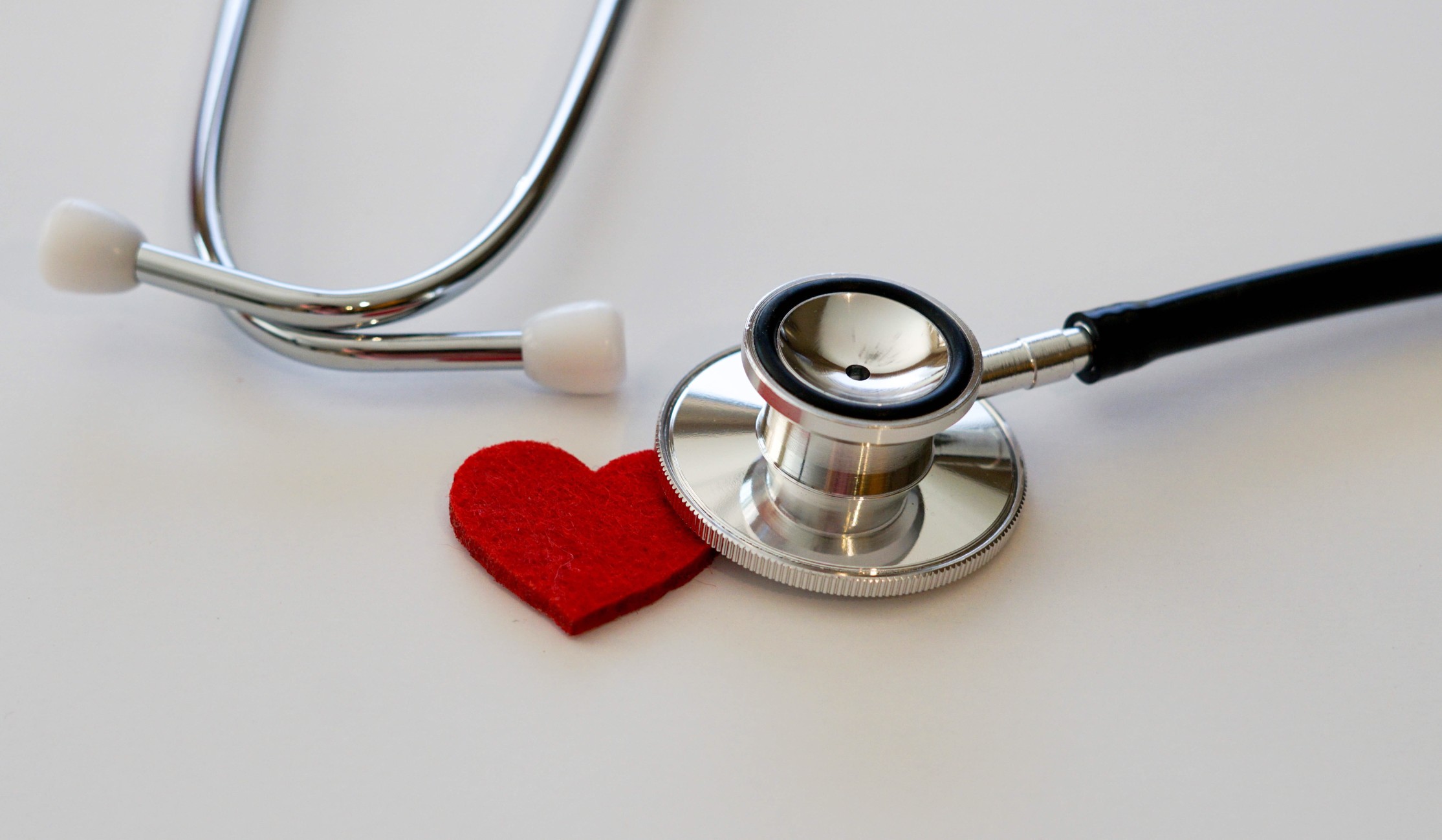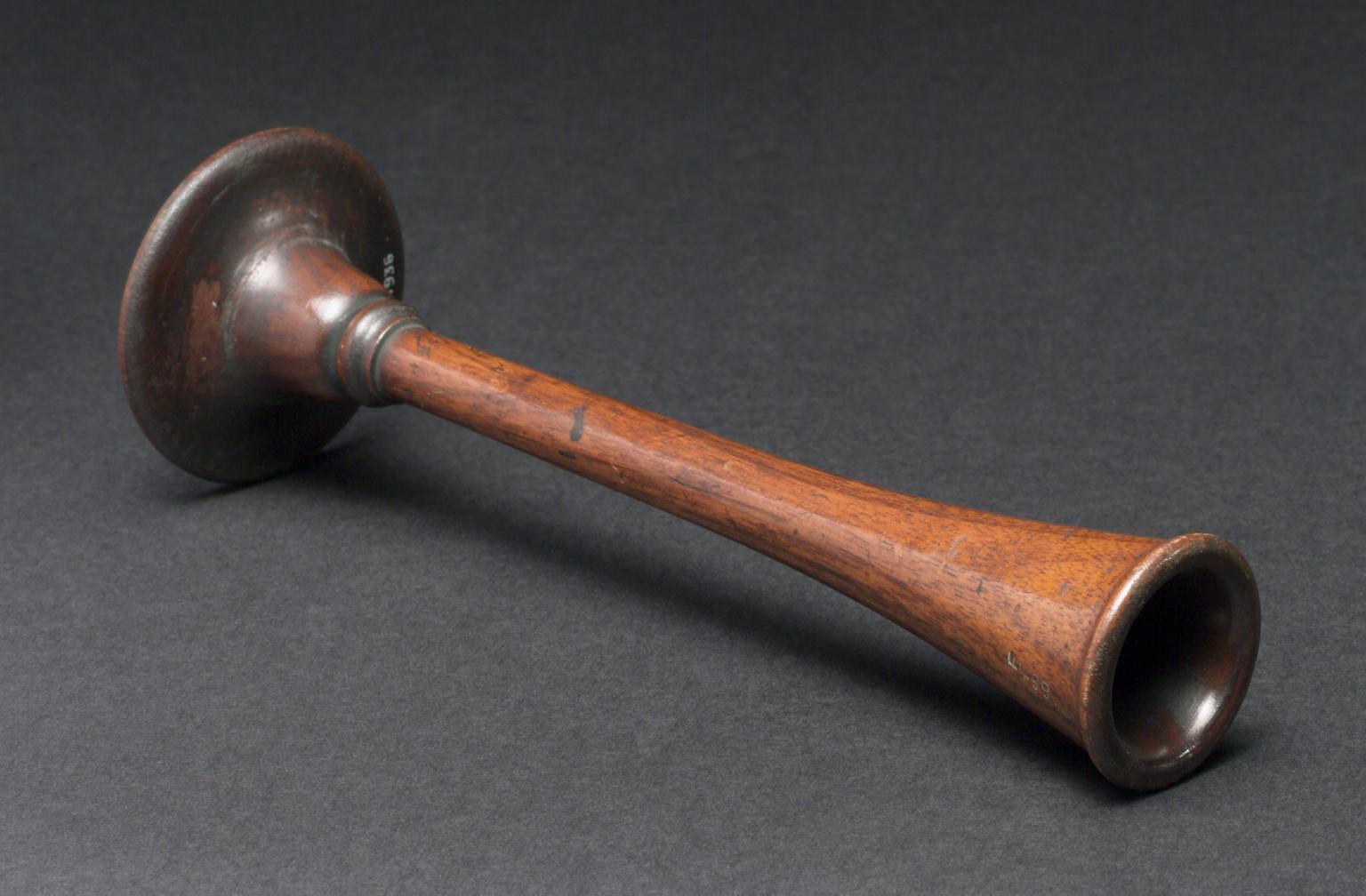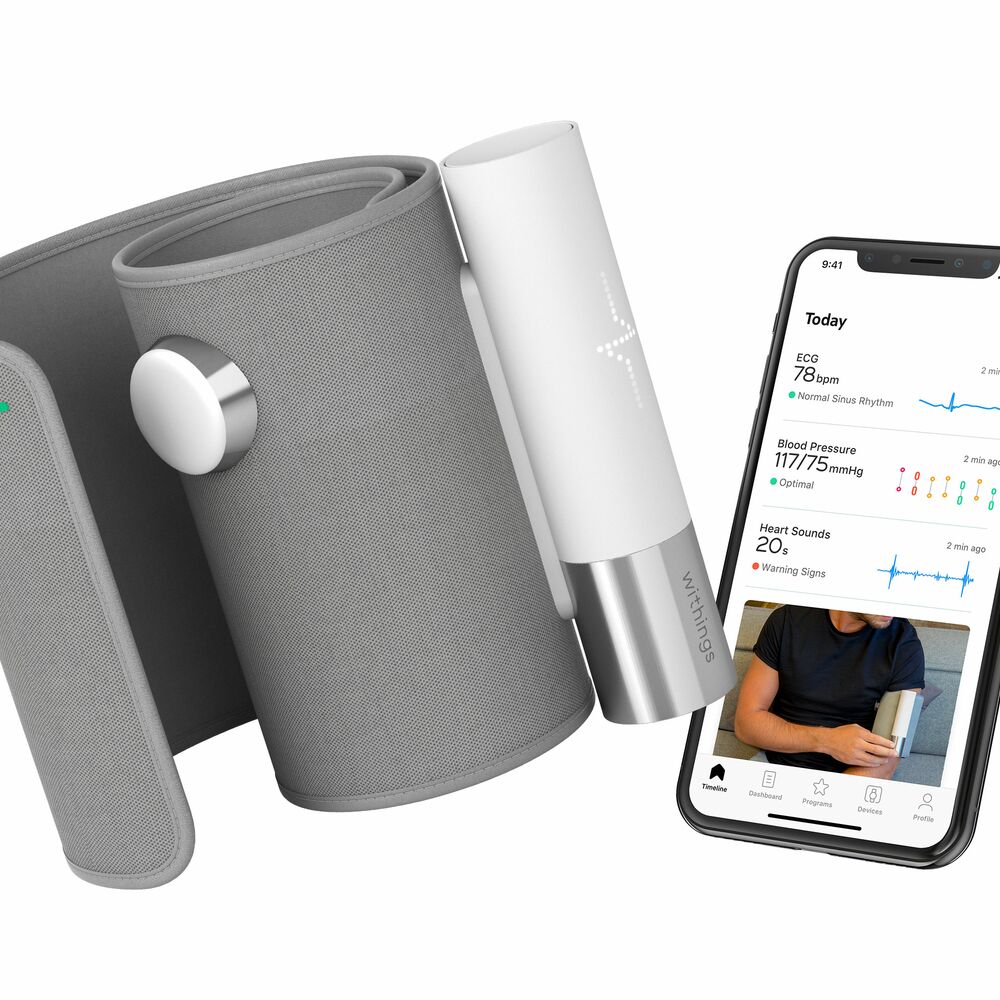
If you’ve ever been to a doctor’s office, chances are a physician has used a stethoscope on you. But have you ever wondered exactly what they are and how they work?
First things first: what’s a stethoscope?
I know—you’re saying, “That thingie with the two ear thingies that doctors use to listen to your heart?” Which is almost true! It’s actually used to listen to your heart or breathing, and can even be used to listen to your intestines (!) and blood flow. In a traditional acoustic stethoscope, the “thingie” that lies against your chest is called a resonator, and the other two thingies are earpieces attached with rubber tubing. In fact, our fabulous new BPM Core is a blood pressure monitor that has an integrated digital stethoscope, along with ECG—but we’ll come back to that later.
The word “stethoscope” comes from from the Greek word “stēthos,” meaning “breast,” and the word “skopein,” meaning “look at.” It’s no sphygmomanometer—clearly the greatest word of all time—but it’ll do. (Speaking of which, you really should check out our post on the history of the blood-pressure monitor, starring Wonder Woman, if you haven’t already.)
Who invented it?
First, some context: Before the thingie with the two thingies was invented, physicians typically listened to patient heartbeats by putting their ears directly on patients’ chests. Obviously, given the lack of sound amplification, this was maybe not the most accurate method of acquiring information about a patient. Not to mention kind of embarrassing.

Enter Rene Theophile Hyacinthe Laennec, who, in 1816, invented the modern stethoscope at the Necker Enfants Malades Hospital in Paris. According to one account, he came up with the idea when he saw school children playing with hollow sticks and realized that the sound of scratching at one end was amplified through the other end. (Note to self: Pay more attention to what the neighbor kids are doing.) Later, while examining a female patient, he—like many doctors at the time—felt embarrassed about placing his ear to a female patient’s chest to listen to her heart. So he rolled up up a piece of paper, placed it against her chest—and voila! The first stethoscope was born. Later, Laennec, who was also a flute player, traded the rolled-up piece of paper for a hollow wooden tube with three detachable parts. Great invention, with one serious drawback: It was monaural, meaning he was only able to listen with one ear.
But there were improvements, right?
Yep! In 1851, Irish physician Arthur Leared created a binaural version, allowing physicians to listen with both ears. But Leared’s materials needed some refining: The version shown at the 1851 Great Exhibition in London was made from hard plastic. (Ow.) Not long after, a doctor named George Cammann invented a commercially viable variation made with ivory earpieces and a metal tube connected to a hinge joint and elastic band. Interestingly, Cammann never patented his invention, because he wanted it to be available to all doctors.
Minor improvements continued until the 20th century. A 1940s version had one side for the respiratory system and the other side for the cardiovascular system. In the 1960s, Harvard Medical School professor David Littmann invented a lighter stethoscope with better sound. And in the 1970s, electronic stethoscopes became a thing—although the quality of the sound was often limited, since they tended to amplify only mid-range sounds and not low- or high-frequency sounds. More recently, Dr. Tarke Loubani used a Littmann stethoscope as the basis of an open-source, low-cost, 3D-printed stethoscope to be used in places where medical devices are in short supply.
Which brings us to…
You may have seen the stellar news coverage of our award-winning new innovation we call BPM Core. But if you haven’t, here’s the lowdown: It’s our new smart blood pressure monitor, which includes a digital stethoscope and electrocardiogram (ECG), so you can take measurements right at home, and keep your data in the Health Mate app to share with your doctor. (No rolled-up paper required.) The digital stethoscope enables you to potentially detect valvular heart disease (VHD), which can be asymptomatic and may lead to heart failure.
To detect valvular issues, the device uses a digital stethoscope and analytical algorithm calibrated in collaboration with George Pompidou Hospital in Paris. The sensor is on the side of your chest during a blood pressure reading, and it spends 20 seconds listening and evaluating heart performance. How cool is that?
So that’s it! We hope you’ve enjoyed this trip back in time—and a sneak peek at our newest, latest, awesome connected health device.



